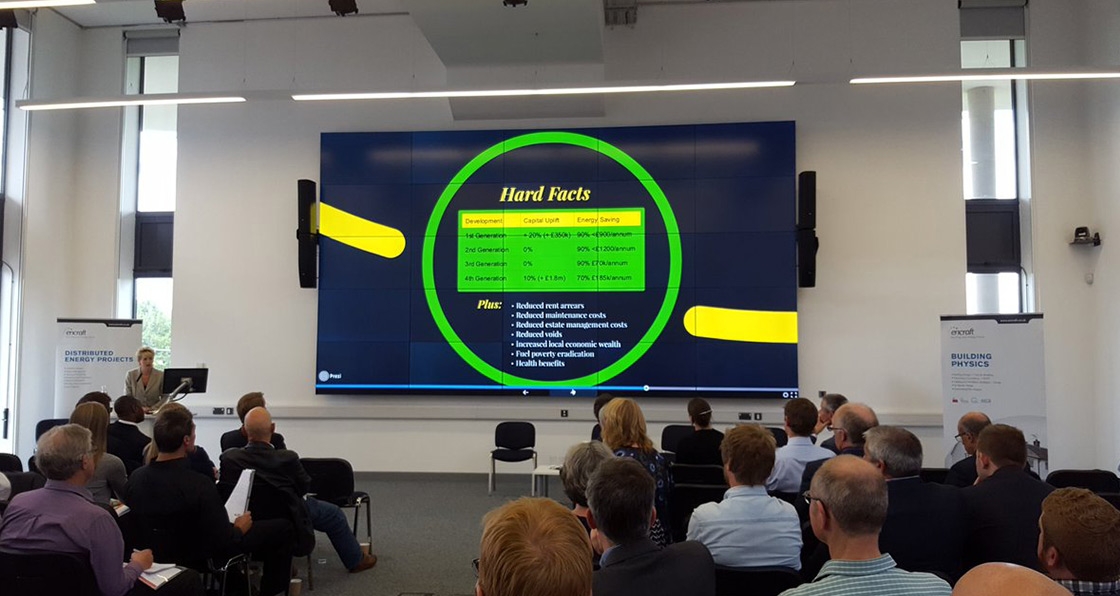
- Design Approaches
- Posted
Passive house is affordable for large scale housing — Encraft
Leading passive house consultancy Encraft has advised that the standard is affordable for large scale housing projects — and cheaper over the whole life cycle of a development — once there is some investment in learning and education up front.
This article was originally published in issue 17 of Passive House Plus magazine. Want immediate access to all back issues and exclusive extra content? Click here to subscribe for as little as €10, or click here to receive the next issue free of charge
“Passive house is becoming increasingly popular for social housing as the first choice for new build energy standards,” said Dr Sarah Price, senior consultant with Encraft. “Building to passive house gives the quality, comfort and guaranteed reduced fuel bills that are all sought after attributes, especially when around one sixth of your clients are in fuel poverty.
“The first question asked before embarking on such a project, is often ‘but is it affordable?” she says. “The answer to this question varies of course, but as many developers and social landlords have been demonstrating, it can increasingly be a resounding yes.”
Price said that Exeter City Council are a shining example of this. “They completed their first passive house projects in 2011 totalling 21 flats and costing 20% more than they would have expected to pay for Part L compliant buildings. The lessons learnt were quickly turned around to produce 20 terraced passive house dwellings with 0% uplift in costs that were finished in 2015.”
Exeter City Council now employ their own passive house consultants and have set up the EXEseed Framework (Exeter sustainable energy efficient developments framework) to provide a platform for all public sector bodies to connect with the right contractor.
“They expect contractors to deliver passive house on all new developments at zero additional cost, and have the evidence from their own projects to support this requirement. Another example of this is the £300m Norwich Fabric First Framework launched by Norwich City Council, which is open to all local authorities and housing associations to assist the development of a number of passive house and low energy projects.
“As Exeter explained at Encraft’s recent annual conference in Birmingham, the key is setting sensible expectations and being willing to invest a little in learning by doing at the start. The benefits of affordable passive house for all future developments completely outweigh the short-term cost,” Price said. Whole life costs also remain an essential part of the business case for passive social housing, she added. “Exeter City Council also found that for their early projects any uplift in capital costs was mitigated by life cycle cost benefits.”
Encraft has undertaken some research on the life cycle costs of passive house buildings, and has found that they can typically cost between 2 and 5% less over their lifetime than Part L compliant houses.
Visit Encraft viewpoints for more information.







